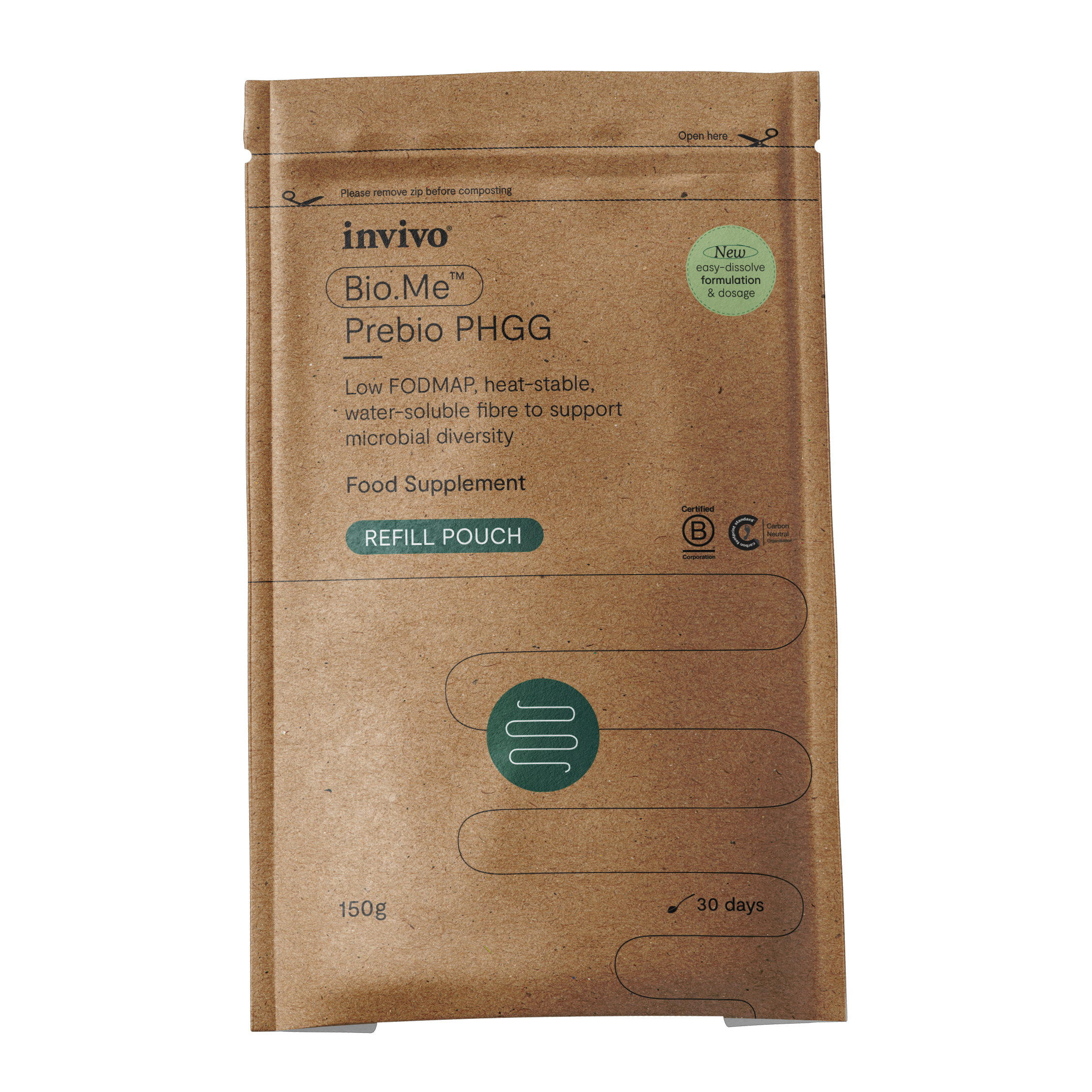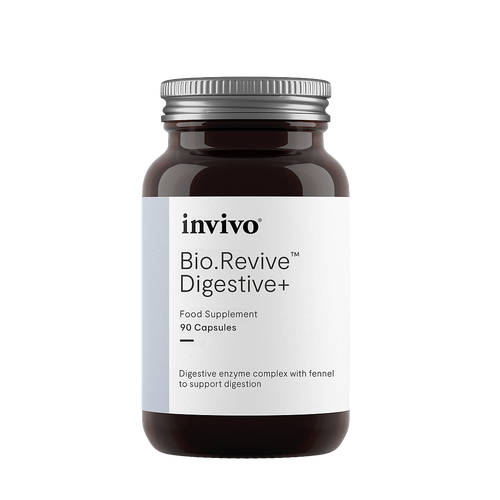The EcologiX™ profiles report the relative abundance of target microbial gene copies in relation to the general microbial load of the sample (we also call this your ‘baseline’). This is one of the most accurate ways of reporting on the microbiome since it is difficult to establish externally-derived ‘healthy/unhealthy’ reference ranges.
Using relative abundance allows us to observe patterns of growth in relation to your individual microbiota, and therefore removes the need for external reference ranges in their interpretation. Instead, it requires us to think about the patterns and the context of the ecosystem in question, when we are interpreting microbiome results.
What is Pattern & Context Recognition?
Very few microbes are strictly pathogenic, or are by themselves capable of causing dysbiosis. In the majority of chronic health conditions, there is not one causal microbe to blame, what’s important in clinical practice is pattern and context recognition. It is at the site of the interaction between the host’s innate immune system and the microbiota that is key to health and disease. With this, we must take into consideration the abundance of commensals, gram-negative bacteria, fungi, pathobionts, etc. as well as the host’s immune status, symptoms and medical history.
‘Healthy’ reference ranges are difficult – if not impossible – to determine, and they fail to take into consideration the complexity of the client. It is the pattern of microbes and the context with which this pattern presents, that tells the story. And this is individual to the client in front of you.
Working with the microbiome is not a simple cause and effect story.
We also asked a few of our Advisory Board members – our Scientific Advisory & Clinical Advisory – what pattern and context recognition means to them:
In order to understand the microbial patterns you see on a test result you need to first understand the context. Without a case history which links symptoms with a microbe the appearance of that microbe could be considered completely normal. What we have come to understand is that there is no good and bad microbes, just microbes utilising and responding to the conditions of their environment. The health of the individual, hormonal health, nervous system function, stage of life, lifestyle factors, pharmaceutical use and dietary habits will all shape a different habitat that will selectively support different microbes.
What we have learnt is that singling one microbe out as the culprit and addressing only that, creates further havoc in an ecosystem already challenged on so many levels.
Just like we see ecological disturbance having infinite repercussions on a global level we see the same unpredictable and currently misunderstood ripples in the human microbiome. Working towards understanding of the influences which allow a microbe to become dominant will help to address it in more sustainable ways.
Moira Bradfield, ND
Our innate immune response uses a recognition strategy to monitor microbes with pattern recognition receptors [PRRs]. This triggers intracellular signalling pathways that lead to the induction of numerous cytokines and chemokines that help maintain host resistance to infections. This process then shapes the microbiota into configurations that are tolerated and beneficial and support optimal health. Dysregulation of this interaction can lead to chronic inflammation which can allow certain microbiota to be harmful – i.e. dysbiosis. Dysbiosis as we know, is associated with numerous chronic diseases.Leah Hechtman, ND
“Pattern recognition is the ability to discriminate between different communities/data sets based on their profiles of different markers or responses to stimuli. Context recognition/awareness is the ability to adapt recognition constraints to different environmental/habitat cues.”
– Dr David Moyes, PhD
The gut microbiota is a community of microbes that are able to change in the host over space and time, and are associated with observable changes in the health of the host. Their impacts on our health takes place to a large extent through interactions with the immune system at mucosal sites. Microbial recognition by the innate immune system occurs via a range of germline-encoded Pattern Recognition Receptors, which sense conserved microbial molecules, and upon activation lead to diverse cellular responses including type 1 interferons, cytokines and chemokines.
Dr George Tzortzis, PhD
“The ability to assign microbial relative abundances and microbial metabolites abundances to a specific network in the context of a given condition, for example, a disease.”
– Dr Javier Ochoa-Reparaz, PhD
About our Advisory Boards
Along with consultants such as Dr Jason Hawrelak, our advisory board members help craft the science, the target markers and the clinical utility of existing EcologiX™ profiles, as well as future profiles. Our advisory board members also ensure we are continually progressing our scientific and clinical understanding, which enables us to pass this knowledge on to you via Invivo Education.




